Matt Ranney's Email & Phone Number
Engineering Leader
Matt Ranney Email Addresses
Matt Ranney Phone Numbers
Matt Ranney's Work Experience


Uber Advanced Technologies Group
Senior Staff Engineer
September 2014 to September 2016

Voxer
Founder and CTO
June 2007 to September 2014

Ranney Consulting Services, Inc.
Principal
January 1998 to June 2007

Triple Canopy, Inc.
Director of Network Operations
February 2004 to April 2006


Hewlett-Packard
Manager, Systems Administration
January 1995 to January 1996
Show more
Show less
Matt Ranney's Education
Calvin College
January 1990 to January 1994
Show more
Show less
Frequently Asked Questions about Matt Ranney
What is Matt Ranney email address?
Email Matt Ranney at [email protected] and [email protected]. This email is the most updated Matt Ranney's email found in 2024.
What is Matt Ranney phone number?
Matt Ranney phone number is +1.6509067511.
How to contact Matt Ranney?
To contact Matt Ranney send an email to [email protected] or [email protected]. If you want to call Matt Ranney try calling on +1.6509067511.
What company does Matt Ranney work for?
Matt Ranney works for DoorDash
What is Matt Ranney's role at DoorDash?
Matt Ranney is Principal Engineer
What industry does Matt Ranney work in?
Matt Ranney works in the Computer Software industry.
Matt Ranney's Professional Skills Radar Chart
Based on our findings, Matt Ranney is ...
What's on Matt Ranney's mind?
Based on our findings, Matt Ranney is ...
Matt Ranney's Estimated Salary Range
Matt Ranney Email Addresses
Matt Ranney Phone Numbers
Find emails and phone numbers for 300M professionals.
Search by name, job titles, seniority, skills, location, company name, industry, company size, revenue, and other 20+ data points to reach the right people you need. Get triple-verified contact details in one-click.In a nutshell
Matt Ranney's Ranking
Ranked #425 out of 8,505 for Principal Engineer in Pennsylvania
Matt Ranney's Personality Type
Introversion (I), Intuition (N), Thinking (T), Judging (J)
Average Tenure
2 year(s), 0 month(s)
Matt Ranney's Willingness to Change Jobs
Unlikely
Likely
Open to opportunity?
There's 91% chance that Matt Ranney is seeking for new opportunities
Top Searched People
YouTuber ‧ Shahid Kapoor's wife
Pakistani actor and writer
Nigerian actress and film director
Nigerian musician and singer
American actress



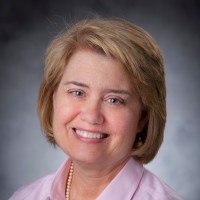





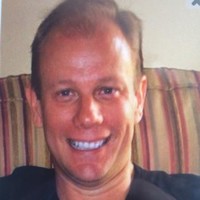

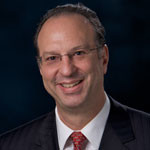
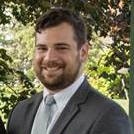
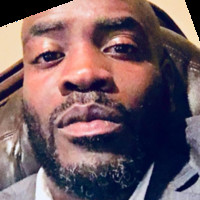
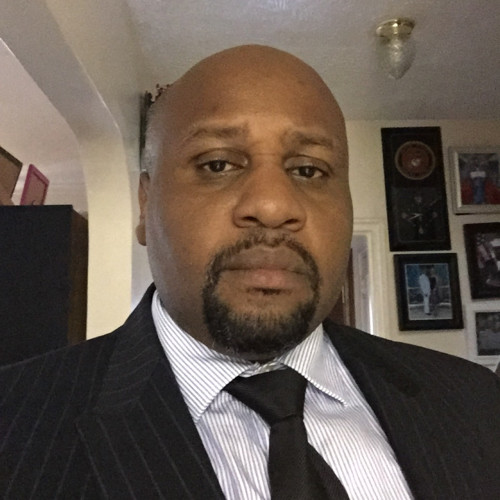




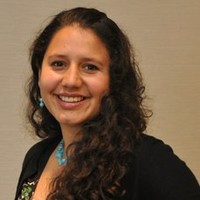



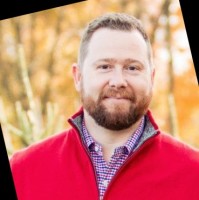









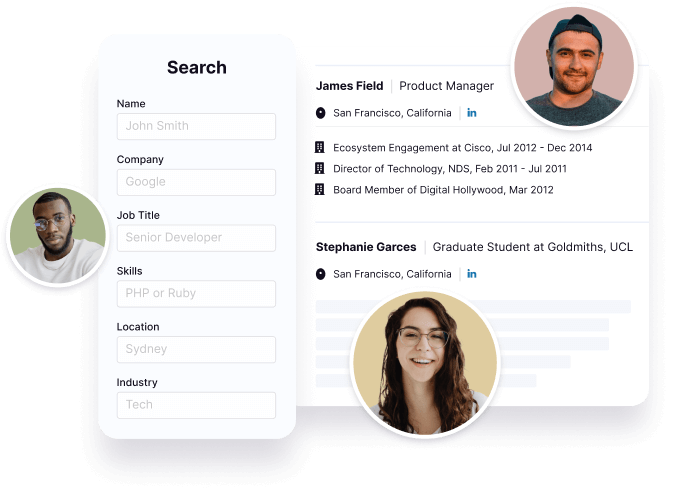
Matt Ranney's Social Media Links
/in/mranney /company/doordash /school/calvin-university/